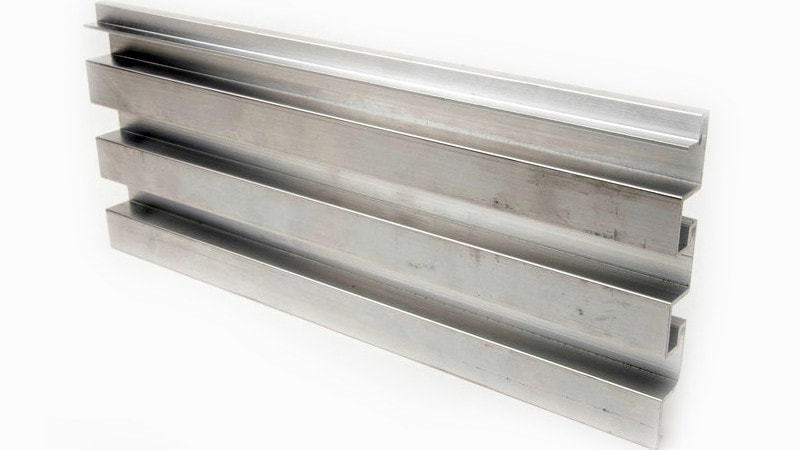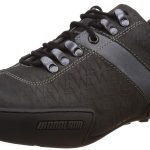The use of aluminium extrusions has only really become popular in the decades since World War II yet their origin lies in the Eighteenth Century when the Industrial Revolution was in its infancy.
Hand Made Water Pipes
During the latter half of the Eighteenth Century the development of watercourses was being implemented on a large scale to provide the type of water supply we take for granted today. At this point water pipes were made of lead and were still being manufactured by hand. This time consuming process was then speeded up considerably by the introduction of a manual extrusion method. In 1797 Joseph Bramah finally registered the procedure he had developed for creating soft metal pipes using an extrusion process of heating metal, primarily lead, then forcing it through a die with a hand held plunger.
Hydraulic Power
By 1820 Thomas Burr had increased the speed of the method even further by creating a hydraulic power press to extrude the lead when making pipes. The method was affectionately known as squirting. This conveniently coincided with the 1807 identification of aluminium as a metal and to its first refinement in 1825. Incidentally, aluminium was then regarded as a luxury metal with a value higher than gold. It was not until the 1880’s and the development of smelting that aluminium suddenly became an economic metal.
Aluminium Extrusions
Realising the potential of this now affordable metal, Alexander Dick included it amongst the copper and brass he was using in his newly-developed hot extrusion method. Early observations saw that extruded aluminium gained in strength and its versatility in creating intricate shapes began to be appreciated. The industrial process of extruding metal quickly caught the attention of industrialists and by the beginning of the Twentieth Century power presses were appearing in factories. A cold extrusion method began to emerge that extruded soft metal at room temperature to reduce the amount of oxidisation. Typical cold extrusion applications today include fire extinguisher cases and collapsible tubing.
History Today
Aluminium extrusions became a vital part of aircraft development in the early days of aviation as aluminium gradually replaced the wooden chassis of bi-planes. During World War II, the use of aluminium increased further. Today aluminium extrusions with complex shapes reduce the need for so many welded structures, providing greater strength and flexibility. Aluminium extrusions are now an irreplaceable part of manufacturing and design with companies such as Edmo leading the way.


